How did you come to build Metropolis? What appealed to you?
Originally, I was supposed to work on another project in Germany, but when Mr. Urválek, director of Takenaka, showed me the project, the decision was clear. I fell in love with Metropolis at first sight J. In addition to the fact that I really liked its design, it brought back the association with a 10-storey residential building that I had built in the centre of Dresden.
The developer of the project, Sebastien Dejanovski, said that when choosing the general contractor they considered, in addition to the quality – price ratio, Takenaka’s special approach, experience and offer of alternative solutions. What did he mean by this?
At Takenaka, we try not to be just an executor of a project, but we approach it actively and always seek improvements. This is a standard process for us, we call it value engineering. Whenever we work on a project that we did not author, we present the client with suggestions that would improve it. Even in the case of an expensive project like Metropolis, we talk with the construction investor about solutions related to improving the structure, static system, or facade. We draw on Takenaka’s Slovak and global experience. It is one of the benefits that Mint Investments appreciates in working with us.
How do you evaluate your collaboration with the construction investor?
I rate it very highly. We officially joined the construction after the completion of the foundation slab by the construction company Metrostav in April 2022. We are keeping to schedule; we haven’t run into any problems and the relationship between us and Mint Investments is very good. A problem today is high inflation, a shortage of materials on the market, entailing new responsibilities for us beyond our normal tasks, which both we and the investor are having to deal with on a daily basis. Yet despite this, we are continuing according to plan, and in November we will close the 7th storey.
When did you join the project?
I officially joined the project just before the realisation of the first phase, which was still being implemented by Metrostav. Together with other experts from Takenaka, a geotechnician, and other engineers, we oversaw the progress of works and potentially have a positive influence on them.
How do you see the building, its construction and facade from your construction point of view?
In terms of the construction system, Metropolis is a tall building with 20 storeys, including underground storeys, and fits in the colour scheme of the existing and upcoming buildings in this quarter.
According to the design by the architect Mr Sonlajtner, it will have a facade made of aluminium material – Alucobond. It will be assembled from composite panels, characterised by high sustainability, resistance to weathering, hardness, but at the same time trouble-free maintenance.
How do you evaluate the project in terms of interior fittings and installations?
Right from the outset, when we were familiarising ourselves with the project documentation and having interviews with the investor before construction began, it was clear to us that this will be at a very high standard. We knew that the project developer would seek to keep this commitment to customers and would want to provide the best apartments for sale in Bratislava, while we, as the constructors, are obliged to comply with the same. We are pleased because building something of higher quality is always a challenge.
What are we to understand by a higher standard in Metropolis? What sets it apart from other projects in the locality?
For example, recuperation of the quality found in Metropolis is not commonplace in new projects. It is of huge benefit to the health of its residents. We are therefore thrilled to be installing it here. I think it markedly sets the project apart from other modern buildings in the downtown. There will also be ceiling heating and cooling, which will provide thermal comfort throughout the building, while maintaining energy efficiency and having a positive effect on the interior aesthetics.
Currently in the project we are preparing a model apartment, where we will try out all the technologies. This will facilitate the planning and actual installation of each piece of equipment in all the apartments. Having a model apartment has not yet become part of the normal working procedures on new buildings, but Takenaka always stays one step ahead, and we appreciate that Mint Investments, as a progressive and conscientious developer, supports our ideas.
What stage is the construction at today, and what’s coming up in the next few weeks?
We are in the early stages of the project. There is a lot of work to be done, but it’s not so hectic yet. In the coming days we will work on the facade, specifically starting with the installation of windows. We have the main contractor for monolithic construction, Moniers, and the other professions are now just starting, so the more challenging situations are yet to come next year, when there will be 30 companies and about 500 people on site, necessitating precise coordination of the various works. The construction site is essentially one big orchestra; everyone plays a different instrument, but the result must be a beautiful concert.
What specific Japanese procedures or systems must be complied with on this project?
What we are required to apply on this project is the Japanese control and quality management system, which is of a very high standard in Japan. Its name is Kaizen and it’s used not only in Japan, but also in America, Europe, wherever Takenaka works. It is an ingenious and sophisticated system of compliance and quality improvement that we follow in our operations on daily basis.
We will provide more detailed information about Kaizen and its practical application on the construction site in the next interview we are preparing on this topic. Are your Japanese colleagues interested in Metropolis? Do they come to check on you from Japan?
Colleagues from the headquarters in Düsseldorf come to us on inspection days. The project has also attracted a lot of interest at the headquarters in Tokyo, because it stands out from what Takenaka usually builds in Europe. Metropolis is unique for Takenaka in that it is the first residential project of this scale, with 298 apartments to be built in one phase. That is why the Japanese are taking a particular interest in it and regularly come to visit us directly on site. Their point of view is important to us; they have ideas and solutions that enrich the project.
Even Mr Takenaka senior visited us in person. He is the 17th descendant and successor of the family business, who set off on a trip to Europe in his 80s. He picked only three projects to see here personally – Metropolis being one of them.
The new downtown is springing up right before our eyes. What is your view on it?
I, personally, am enthusiastic about this new modern quarter, because everything, including infrastructure, is built to a very high standard. Over the past three years, I’ve been moving around Western Europe quite a bit, but I haven’t seen anything comparable being made in a big city, and of the quality that is here. Above-standard infrastructure, perfectly equipped business centres alongside housing in buildings with the state-of-the-art technology, culture, shops, sports & relaxation zones – all this in one quarter is quite unique, without parallel in this region. The bar is set very high.
How satisfied are you with your team on this construction site and how are you getting on together in your work?
I think that we have succeeded in putting together a great team at Metropolis. I know some colleagues from other projects, while others are new to Takenaka, but I see a high level of commitment and passion for this project in all of them. They are active and creative, and an amazing team has come together here.
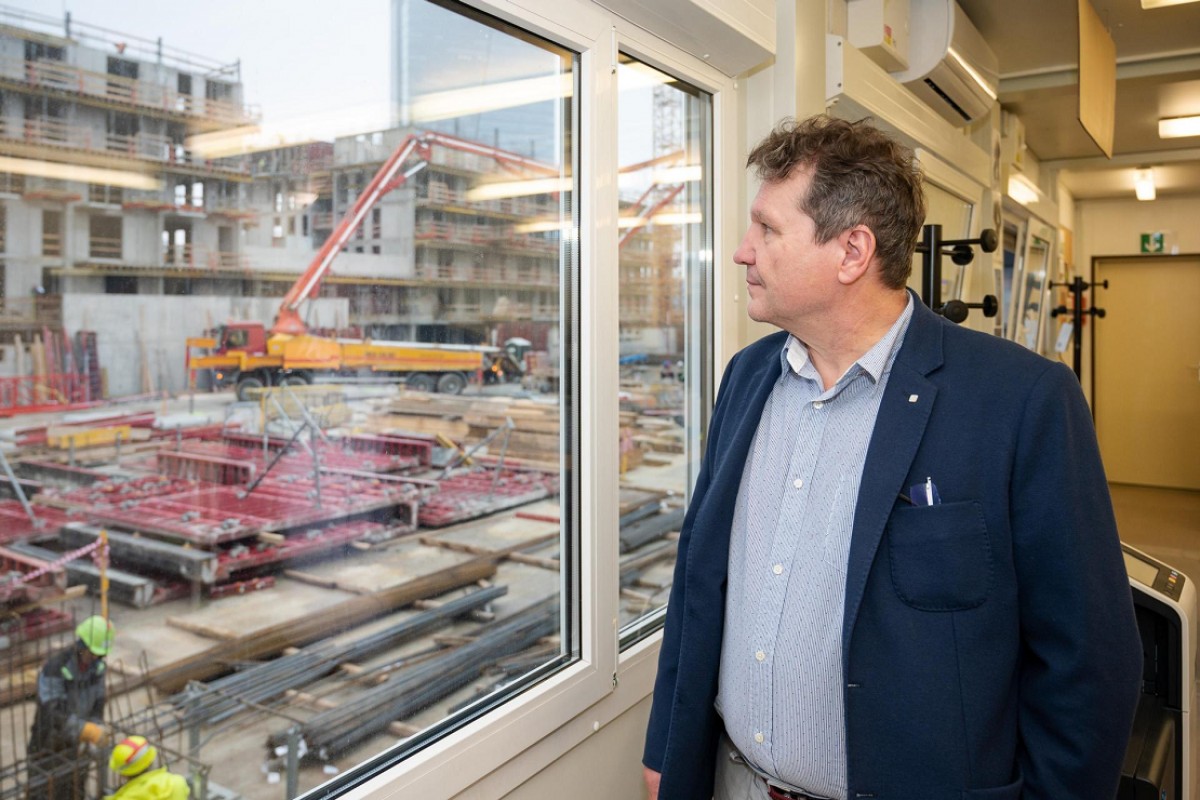
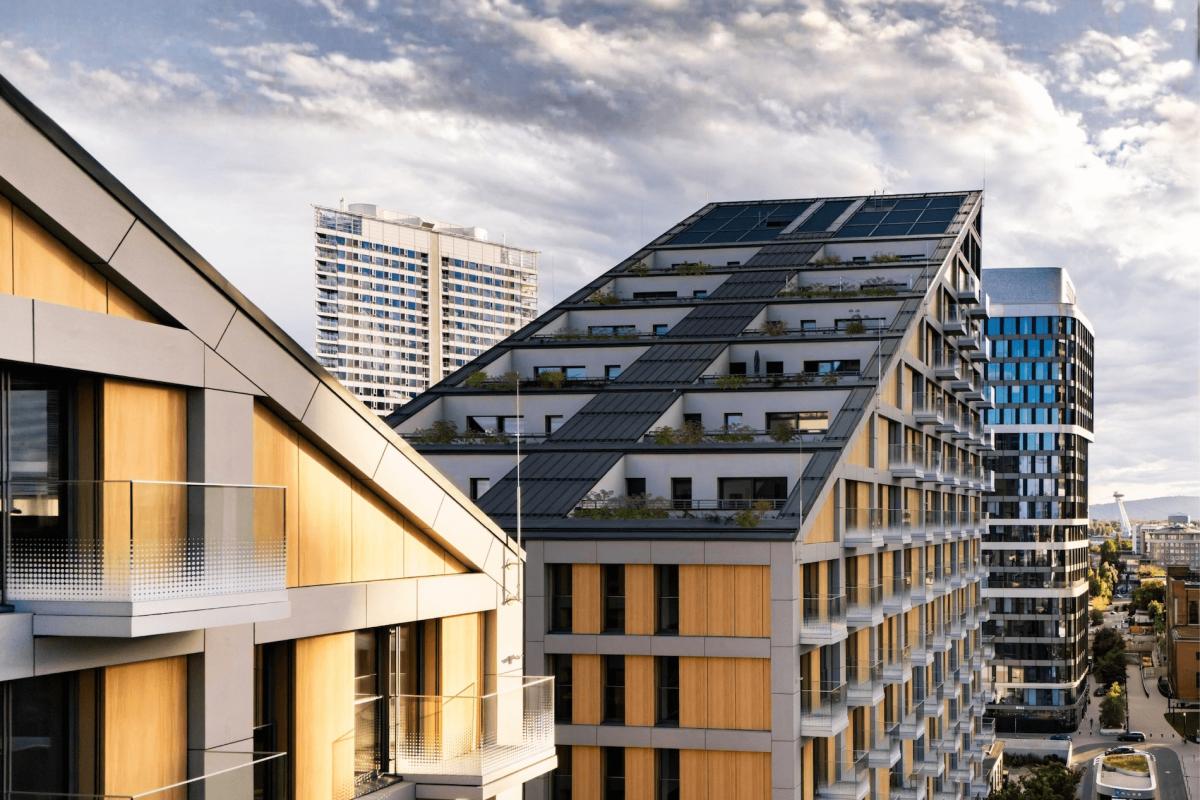 Top New Development of the Year? The Winner Is Metropolis in Bratislava
Top New Development of the Year? The Winner Is Metropolis in Bratislava
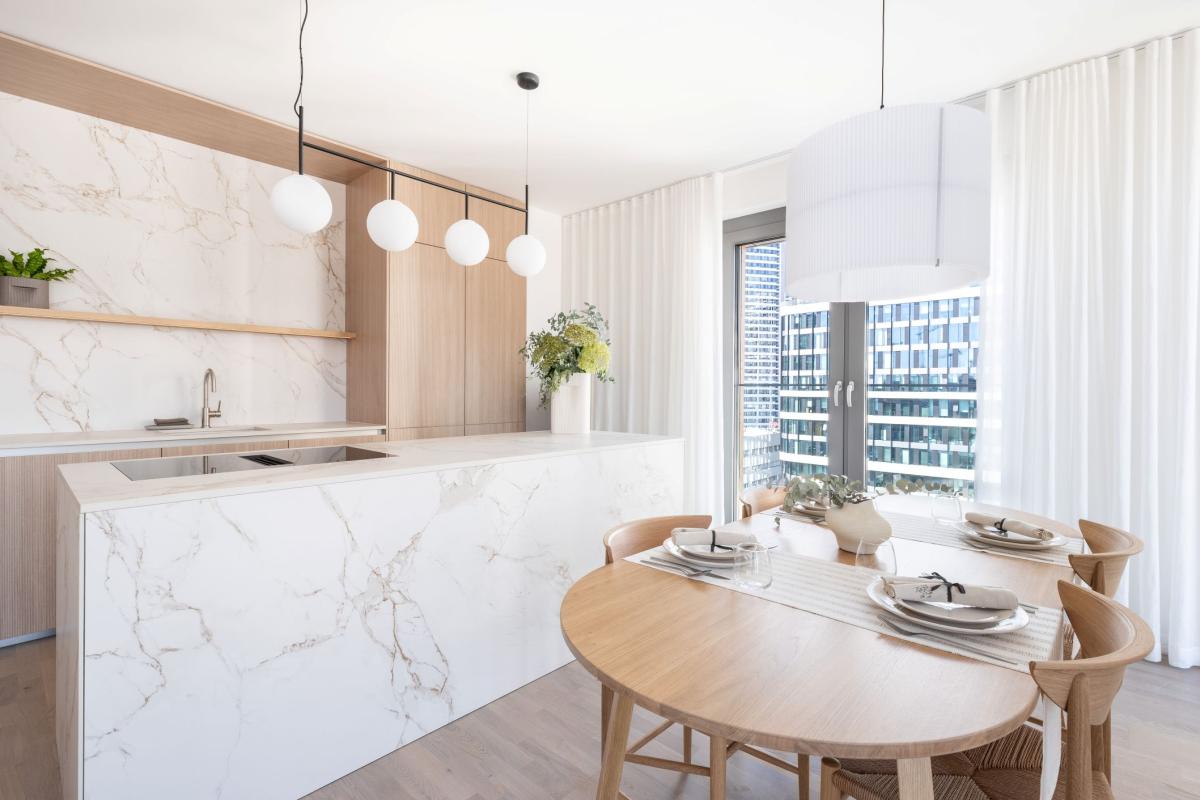 Bratislava as a Central European gem, where Metropolis offers a luxurious and secure home, a reliable investment, a prime address, healthy living and modern technologies.
Bratislava as a Central European gem, where Metropolis offers a luxurious and secure home, a reliable investment, a prime address, healthy living and modern technologies.
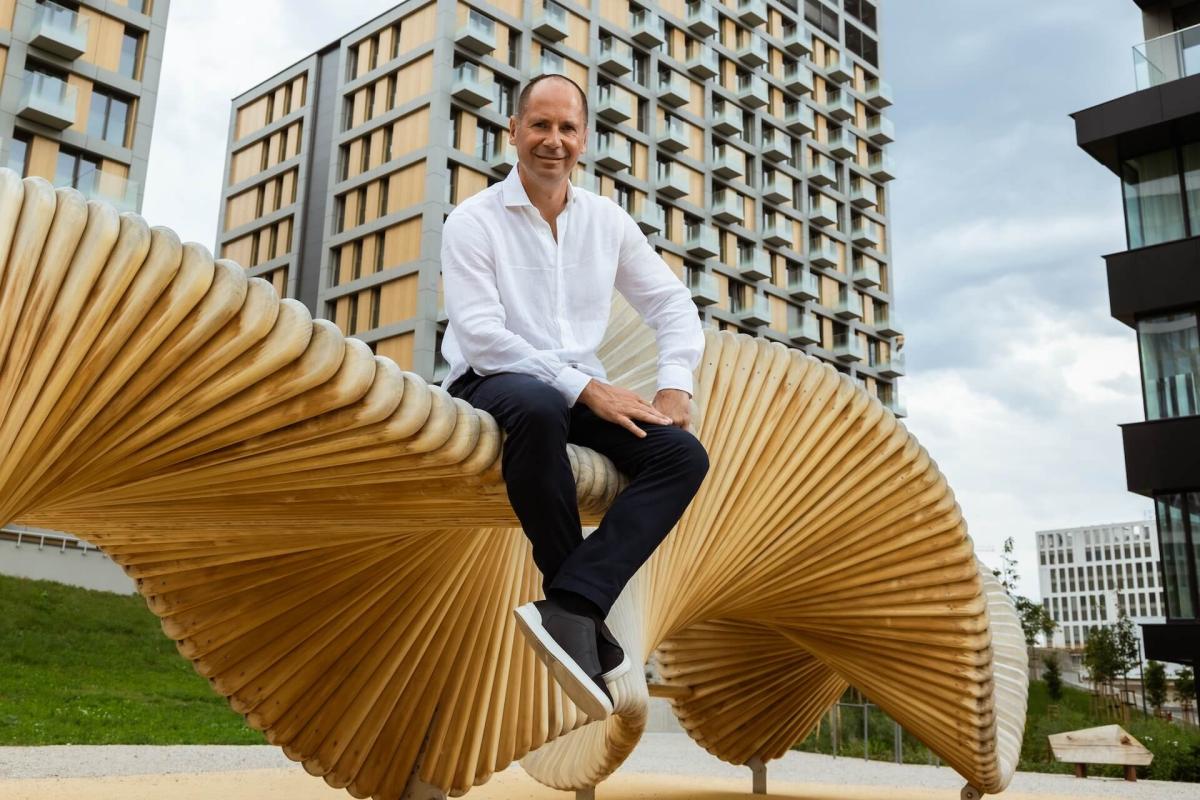 Sebastien Dejanovski: Slovak clients are more demanding than Czech clients.
Sebastien Dejanovski: Slovak clients are more demanding than Czech clients.
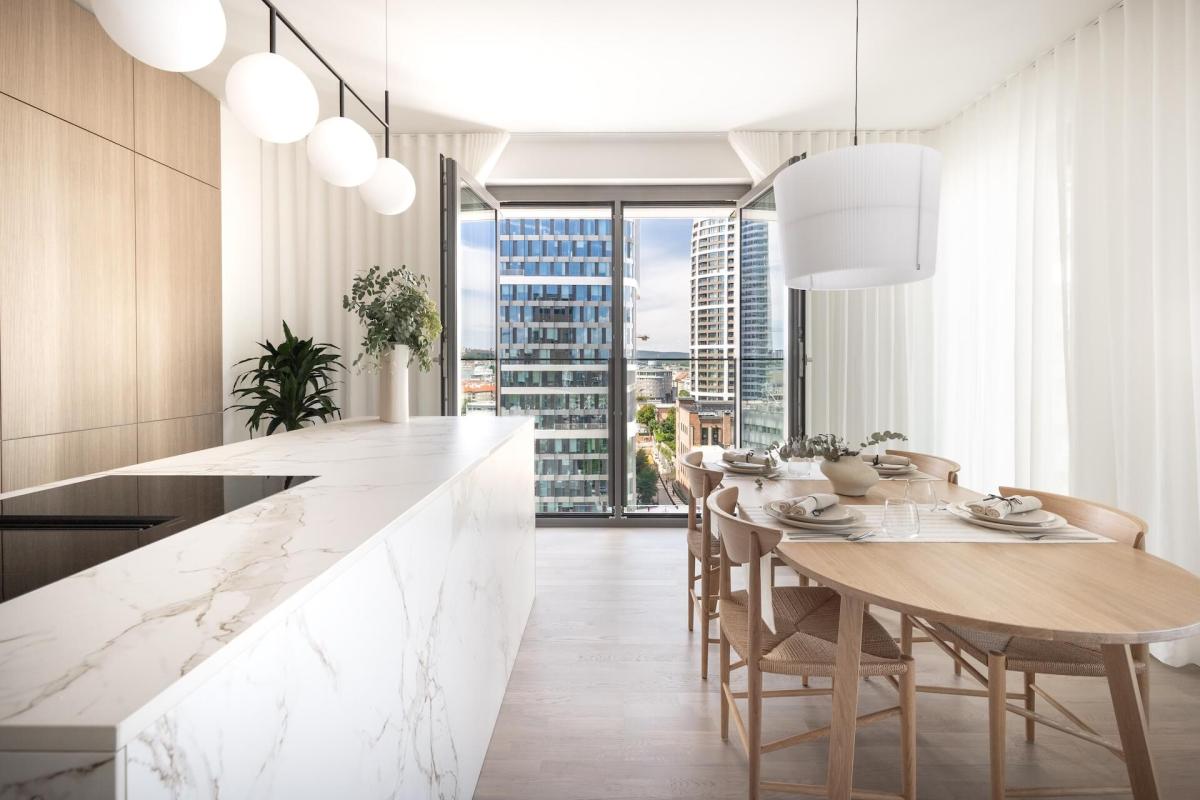 Family Living in Bratislava’s New Downtown? Buying an Apartment Pays Off More Than Renting
Family Living in Bratislava’s New Downtown? Buying an Apartment Pays Off More Than Renting
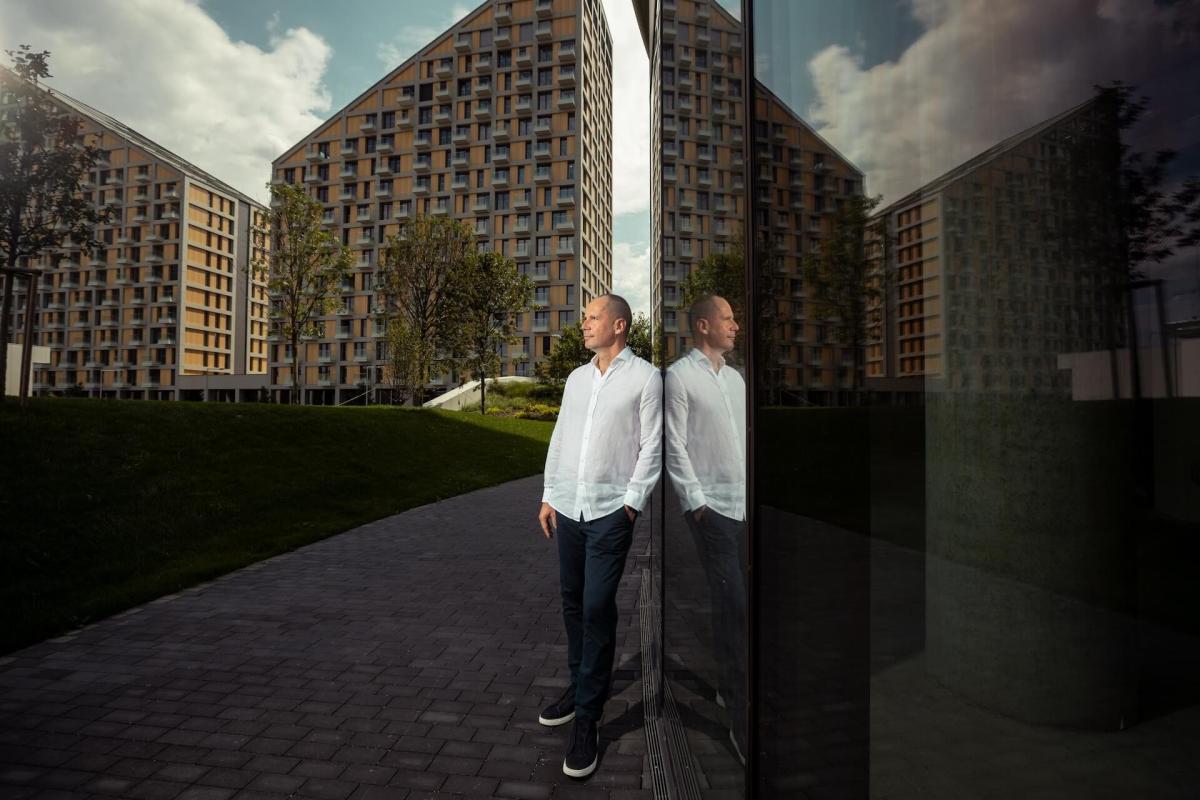 Sebastien Dejanovski: Sajfa Represents Metropolis Buyers, and We’re Open to Further Investment in Bratislava
Sebastien Dejanovski: Sajfa Represents Metropolis Buyers, and We’re Open to Further Investment in Bratislava
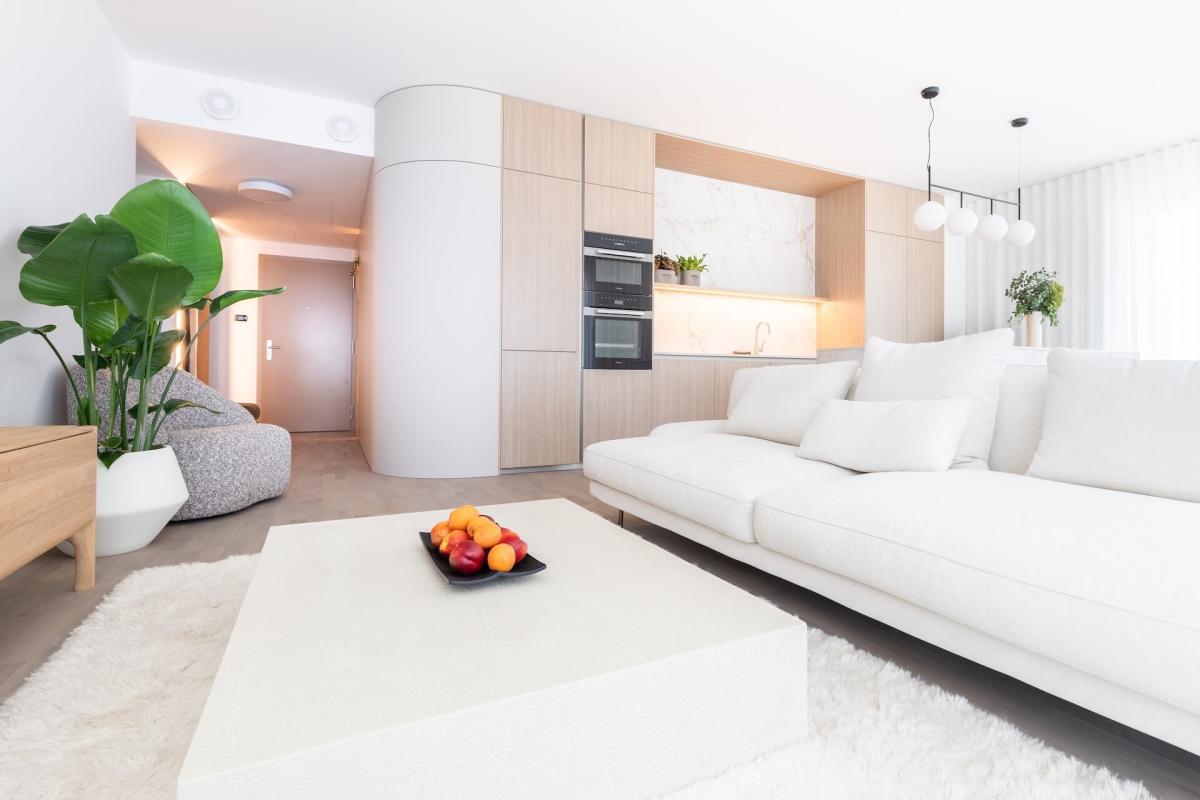 Ceiling Cooling: Invisible Comfort You'll Fall in Love With
Ceiling Cooling: Invisible Comfort You'll Fall in Love With
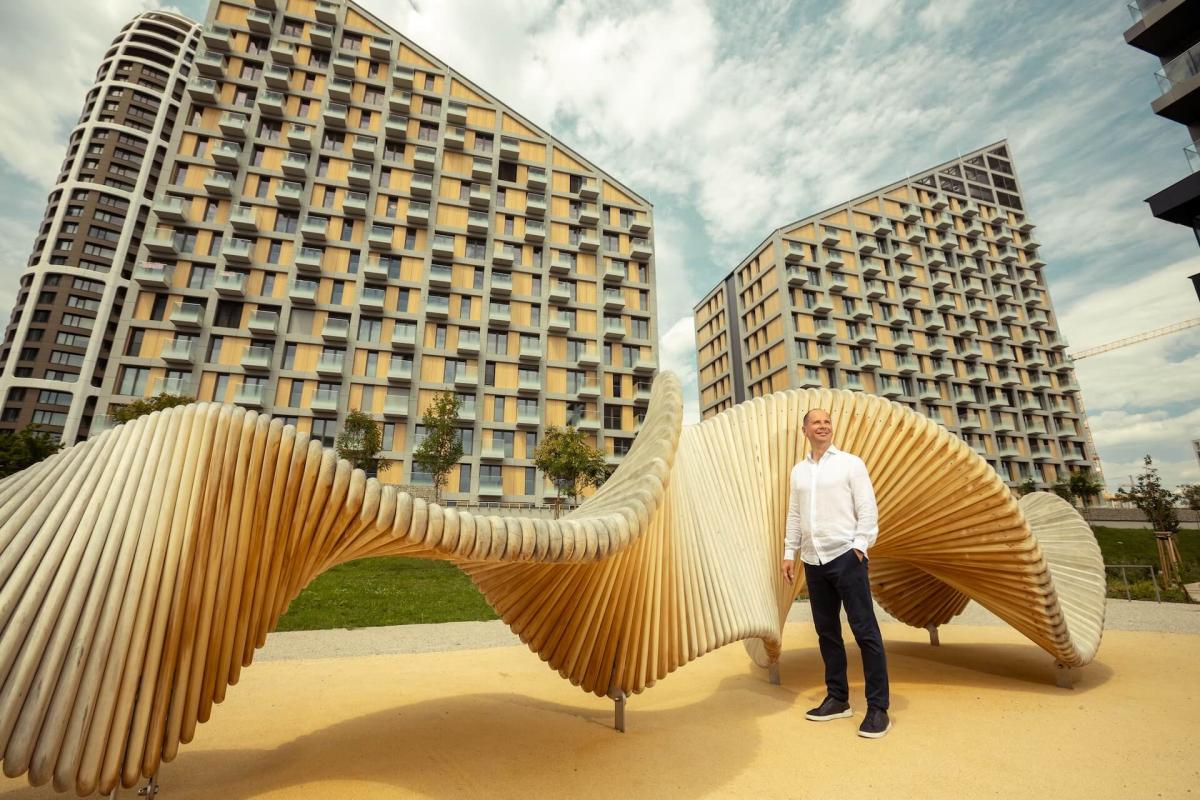 Metropolis was built with the same care and vision as if we were building it for ourselves.
Metropolis was built with the same care and vision as if we were building it for ourselves.
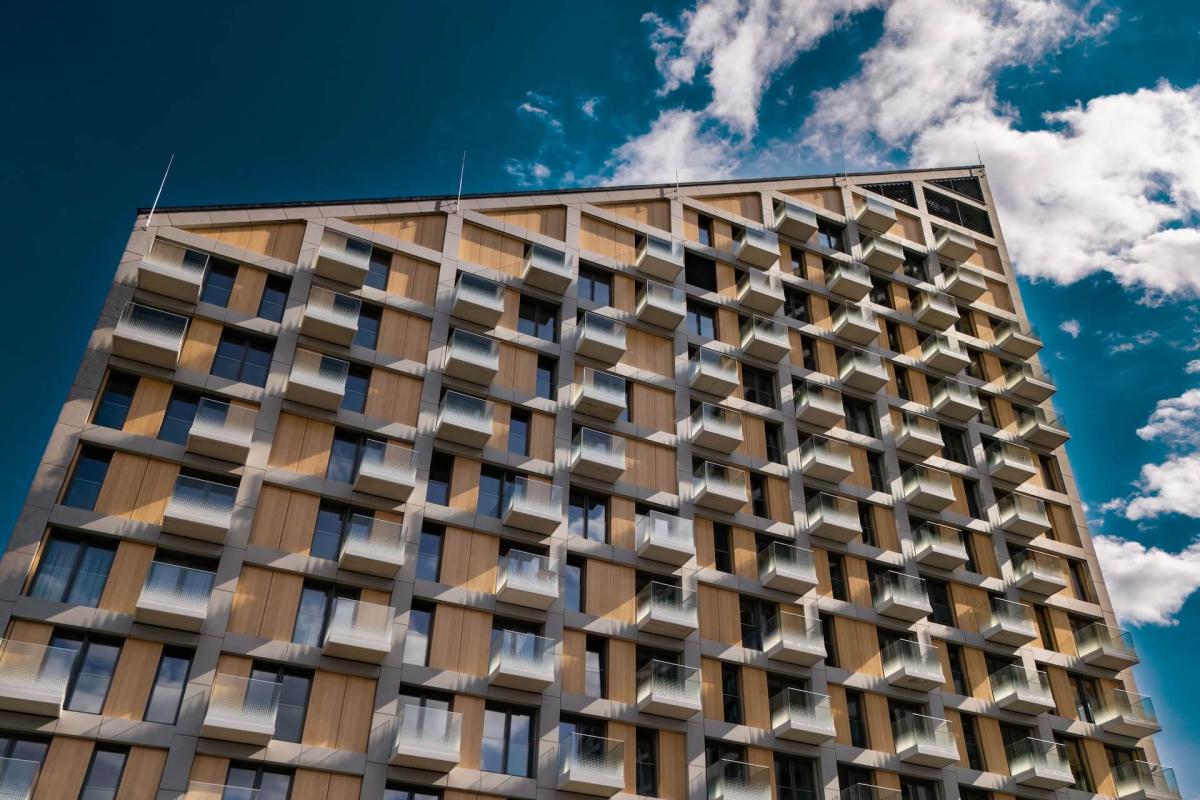 Luxury Worth €60 Million: Only 20% of Apartments Still Available in Bratislava's Metropolis
Luxury Worth €60 Million: Only 20% of Apartments Still Available in Bratislava's Metropolis